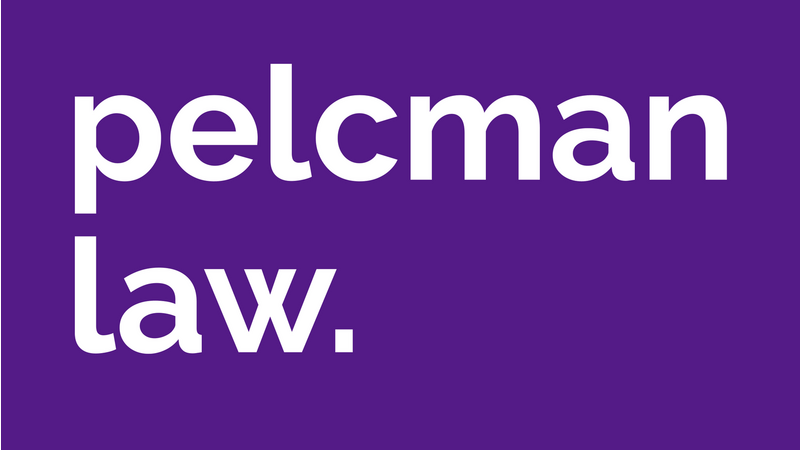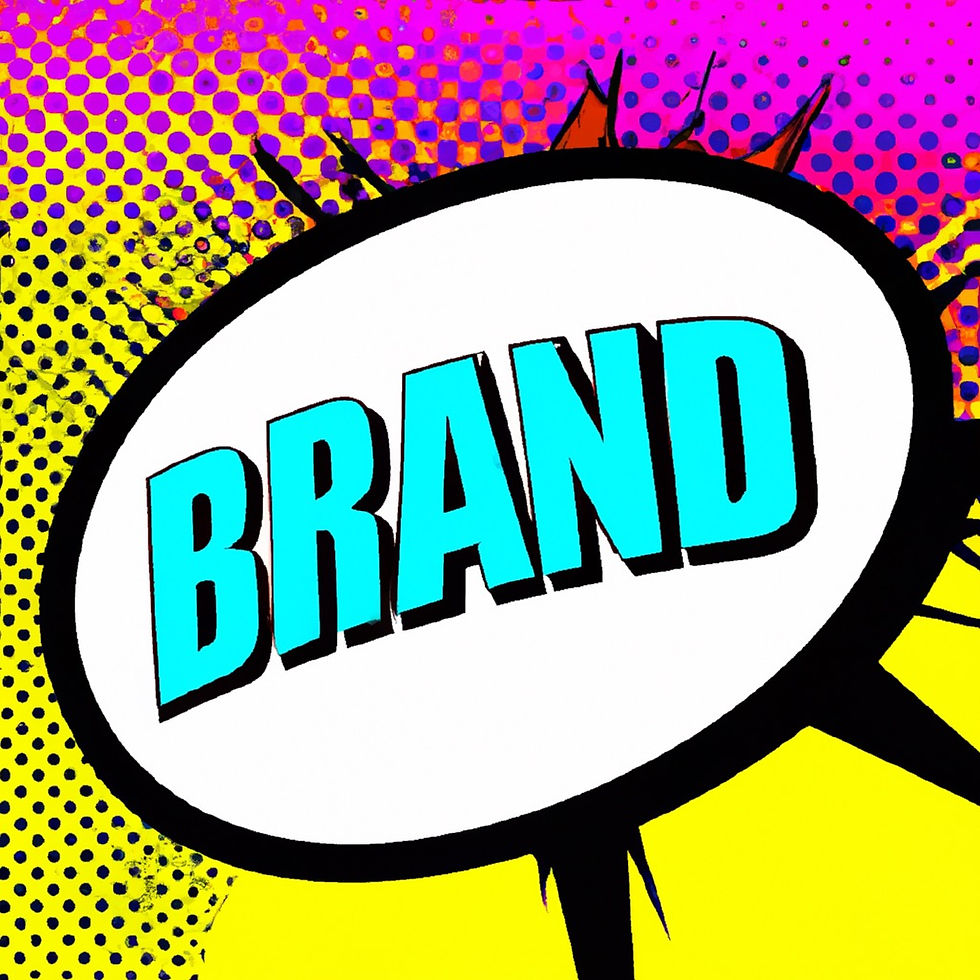Scope of Trademark Protection
- Lukas Pelcman

- Feb 6, 2023
- 5 min read
Updated: Feb 14, 2024
Together with the product or service and the sales vector, the brand represents the heart of a successful business. Protecting it, like protecting the product itself, must therefore be taken seriously. There are many ways to protect your brand. I discuss how each method differs from the other, their specifics, and more in a series of articles dedicated to the topic of brand protection.
In this article, I discuss the scope of protection offered by a trademark and where its limits lie.
The owners of the trademarks can do…
As a general rule, the owner of a trademark may defend against anyone who does not have his consent from using in commerce for goods or services any sign that is identical or similar to the trademark, and is also used for goods or services that are identical or similar to the goods or services for which the trademark is registered, if there is a likelihood of confusion on the part of the public.
The average consumer and the likelihood of confusion
Whether there is a likelihood of confusion is assessed from the point of view of the so-called average consumer. In particular, it is assessed whether, in view of the similarity (identity) of the two signs and the similarity (identity) of the corresponding products and services, such an average consumer is likely to consider the products of one manufacturer or provider to be those of another.
The average consumer is a consumer who is reasonably well informed and reasonably observant and cautious in dealing with the products or services on offer. To be sure, this is a construct. But the law often works with such constructs, assumptions and fictions. Thus, the 2012 Civil Code operates in this regard with the assumption that every self-respecting person has the reason of an average person.
It should be added that the risk of confusion is always assessed on a case-by-case basis, and although there are certain guidelines to follow, the final assessment may vary depending on the particular details.
Reputation
The proprietor of a trade mark may prohibit a sign that is identical or similar to the trade mark, even without regard to the similarity (identity) of the goods and services, if the trade mark has a reputation and, at the same time, if the use of such a sign without due cause would unduly benefit or prejudice the distinctive character or reputation of the trade mark.
This applies in particular in relation to famous marks. In the case of those marks, the average consumer may be presumed to have a connection despite the differences between the goods and services. However, reputation is a matter of proof and it is for the trade mark proprietor to prove it.
Something like „fair use“
However, the protection offered by a trademark to its owner is not absolute. There are cases where it is possible for a third party to make legitimate use of a sign similar or even identical to the trademark. While this is not the doctrine of „fair use“ in the strict sense, it serves as an example to give a better idea of the limits of trademarks.
There are essentially two cases. The first is the use of the sign in question if the person using it proves that he or she used the sign before the trademark was registered. This is the right of the earlier user. The proprietor of the trade mark cannot therefore prevent such an earlier user from using the sign in question.
Another case is that of reasonable use of a sign protected by a trade mark which is justified having regard to the purpose served by such use. This is in particular the use of the trade mark in a descriptive manner for the purpose of identifying the original products. For example, a seller of electronics may, in the course of his business, use the trade marks of individual products which he sells, provided that he does so for the purpose of identifying or referring to the products or services as coming from the proprietor of that trade mark, in particular where the use of that trade mark is necessary to indicate the intended purpose of the product or service, in particular in the case of accessories or spare parts.
The essential criterion here is descriptiveness and the purpose for which a third party uses a sign protected by a trade mark without the proprietor’s consent must be examined. In most cases, it is OK for a third party to use the sign in question as long as it is not mentioned in the first place in the description of the product in question and it is clear from the context that it performs only an accompanying and informative function. Conversely, a problem may arise where, for example, an unauthorised car repairer uses car trade marks, including their graphic elements, on its website or on signs outside its premises. While it is true that even in such cases they do so in order to inform consumers that the cars of the brands in question can be repaired there, it is already relatively debatable whether it is really necessary to use the entire logos of those brands for that purpose. The trend in the case-law of the courts has generally been to tighten the conditions for such legitimate use of trade marks. The use of trade marks, including specific graphic elements, in the above-mentioned manner is thus increasingly regarded in practice as going beyond what is necessary to designate a product or service.
Therefore, it is not without more that any seller automatically has the right to use the sign without the consent of the trade mark owner if he does so in connection with the sale of the original products. Certainly, in many cases the trade mark owner is unlikely to object. However, there may also be cases where the trade mark owner assesses that the association with a particular dealer, or a particular form of use of its trade marks by the dealer, could be detrimental to it. This would include, in particular, the aforementioned use of the trade marks by unauthorised repairers or by unauthorised dealers where the trade mark proprietor uses a selective distribution system to sell its products. In such cases, the use of the trade mark may mislead the consumer and, as a consequence, also cause damage to the trade mark owner.
There are exceptions to every rule
It is therefore necessary to pay attention to the exceptions. A trade mark proprietor cannot rely without more on the fact that he is entitled to prohibit the use of his trade marks by anyone who does not have his consent. Equally, however, it should be remembered that not all cases in which use of a trade mark may appear to be justified will actually be so.
This is the third article in a series of posts on brand protection. You can read the first post on the nature of trademarks and their role in brand protection here. The second post on the relationship between domain names and trademarks can be read here.





Comments